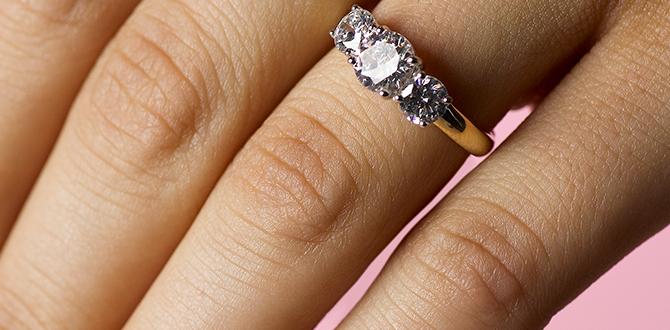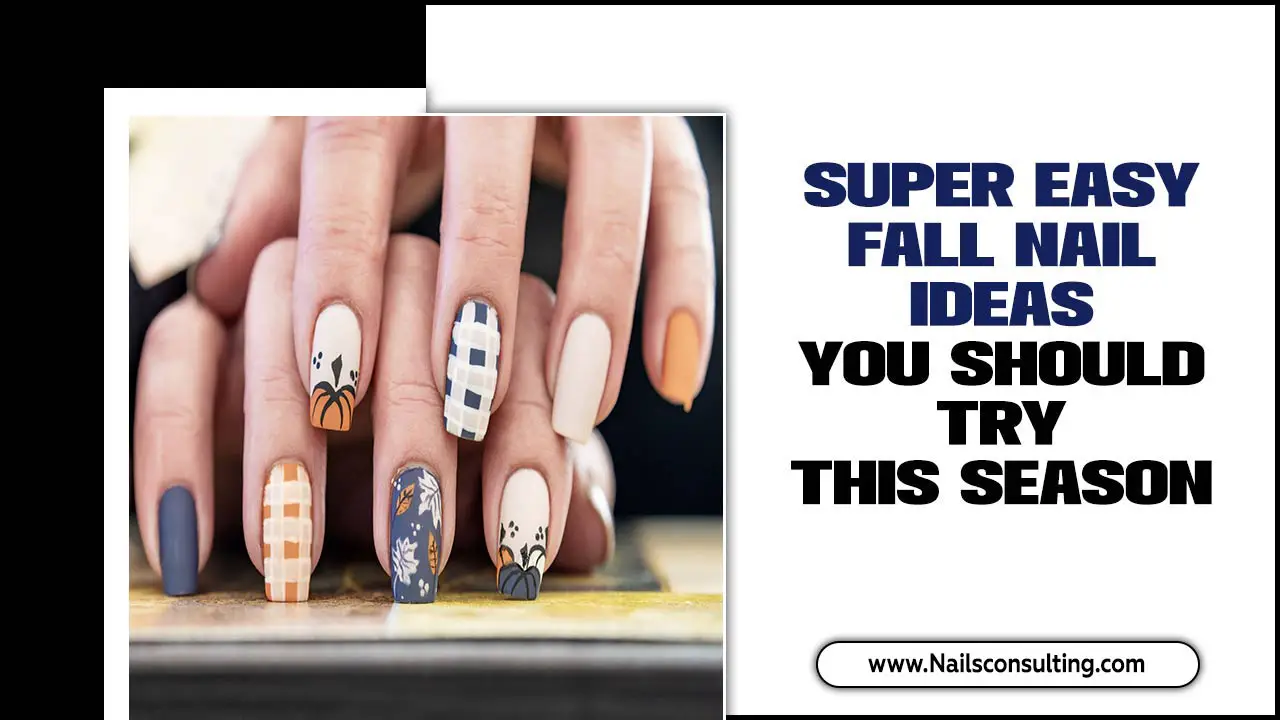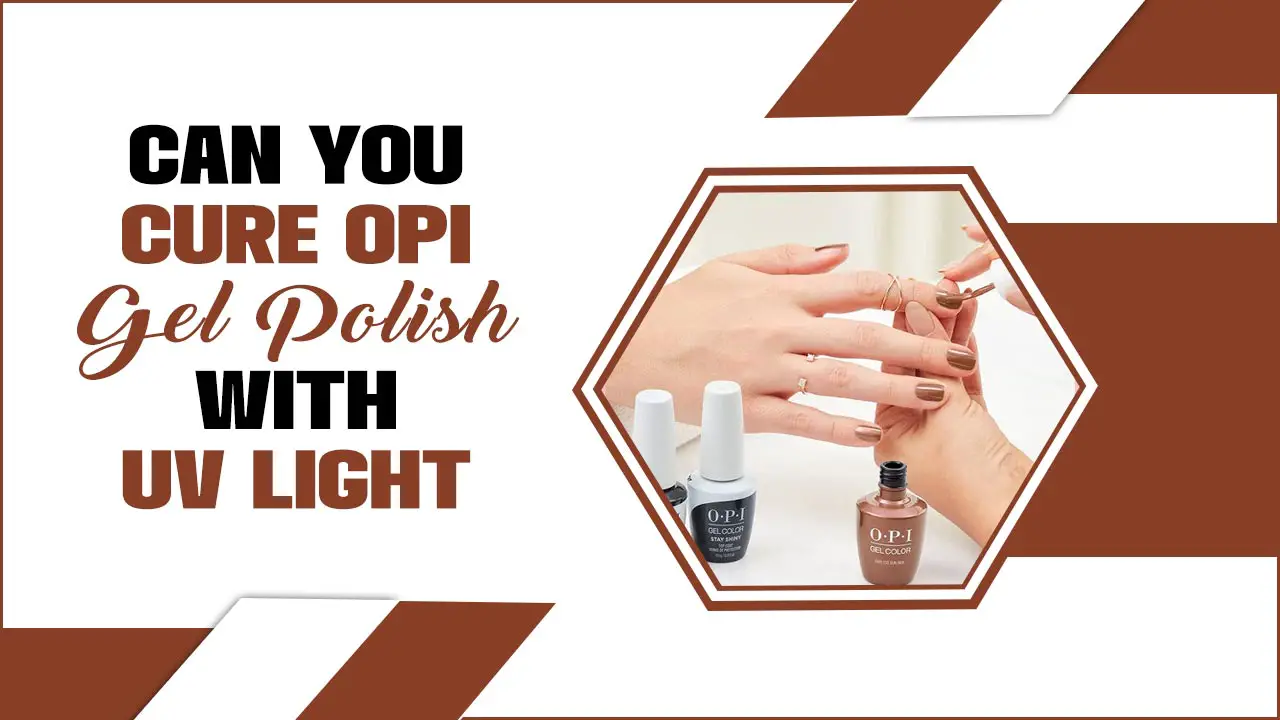Create stunning marble water designs on your nails with these essential tips! Achieve elegant, sophisticated looks easily with simple techniques. Learn the best tools, color combinations, and a foolproof method for gorgeous DIY marble nails that impress.
Dreaming of those chic, swirling marble patterns on your nails? You’re not alone! The marble water design on nails is a beautiful, elegant look that seems tricky to achieve. Many of us have tried it, only to end up with a messy, blobby disaster. It’s frustrating when you want that sophisticated, high-end salon finish, and instead, you get something that looks more like spilled paint than precious stone. But don’t worry! Getting that perfect marble effect is totally within reach, even if you’re new to nail art. We’re going to break it down, step-by-step, making it super easy and fun. Get ready to transform your nails into miniature works of art!
In this guide, we’ll cover everything you need to know about creating the perfect marble water design on nails. From the essential tools and materials to the secret techniques that guarantee a flawless finish, we’ve got you covered. We’ll dive into choosing the right colors, getting that perfect swirl, and keeping it looking amazing. So, grab your nail polish, and let’s get started on making your nails look like a million bucks!
What You’ll Need for Marble Water Design on Nails
Before we dive into the swirling magic, let’s gather your supplies. Having the right tools makes all the difference. Think of it like having the best ingredients for a delicious recipe – it sets you up for success!
Essential Nail Art Supplies
- Base Coat: This protects your natural nails and helps your polish adhere better. Think of it as the primer for your canvas!
- Your Chosen Polish Colors: Typically, you’ll use two or three colors for a classic marble look. White, black, grey, and gold or silver are popular choices.
- Water: Lukewarm water works best. The temperature can affect how the polish floats and spreads.
- Paper Cup or Small Bowl: You’ll need something to pour your water into. A disposable cup is great because cleanup is a breeze.
- Toothpicks or Orange Stick: These are your magic wands for swirling the polish in the water.
- Top Coat: This seals your design and adds a beautiful shine, making your marble water design on nails pop.
- Quick-Dry Polish Extender (Optional but Recommended): This can help keep your polish liquid for a bit longer in the water, giving you more time to create your design.
- Cotton Balls or Pads: For cleanup, especially around the cuticles.
- Rubbing Alcohol or Nail Polish Remover: To clean up any stray polish on your skin.
- Petroleum Jelly or Latex Nail Tape: To protect your cuticles from polish. This is a game-changer for a clean finish!
Having these items ready will ensure a smooth creative process. Don’t have all of them? No worries! Improvise where you can, but these are the items that will give you the best results for your marble water design on nails.
Step-by-Step Guide to Marble Water Design on Nails
Ready to create that gorgeous marble effect? Follow these simple steps, and you’ll have stunning nails in no time. Remember, practice makes perfect, so don’t get discouraged if your first attempt isn’t flawless!
- Prepare Your Nails: Start with clean, dry nails. Apply a base coat and let it dry completely. This step is crucial for a long-lasting manicure.
- Protect Your Skin: Apply petroleum jelly or nail tape around your cuticles and fingertips. This prevents polish from sticking to your skin, making cleanup much easier.
- Fill Your Cup: Fill your paper cup or bowl with lukewarm water. Don’t fill it to the brim; leave some space so the water doesn’t overflow when you dip your finger.
- Drip Your Polish: This is where the magic begins! Slowly drip your chosen nail polish colors onto the surface of the water. Work quickly, as nail polish starts to dry on contact with air. Try dropping colors in close proximity to each other. You can alternate colors, dropping them one after another.
- Swirl the Design: Immediately after dripping the polish, use a toothpick or orange stick to gently swirl the colors together. Make graceful, sweeping motions. Don’t over-swirl, or the colors will become muddy. Aim for elegant patterns that mimic natural marble. You can create thin lines or wider swirls, depending on the look you desire.
- Dip Your Nail: Once you have a swirl pattern you like, carefully dip your prepared nail into the water at an angle, pressing it gently into the floating polish. Try to dip your nail flat across the pattern to capture the design evenly.
- Remove Excess Polish: Before lifting your finger, use a toothpick to gather any excess polish from around your nail. This helps keep the design clean.
- Lift Your Finger: Gently lift your finger out of the water. The polish will have transferred to your nail.
- Clean Up: Use a cotton swab dipped in nail polish remover or rubbing alcohol to clean up any polish that got onto your skin. Be precise to keep the design on your nail looking sharp.
- Repeat for Other Nails: Repeat the process for each nail. Remember to clean out the water and refresh the design for each finger, as the polish residue from the previous dip can affect the new one.
- Apply Top Coat: Once all your nails have the marble design and the polish is dry, apply a generous layer of top coat. This protects your beautiful artwork and gives it a glossy finish.
Wasn’t that simpler than you thought? With these steps, your marble water design on nails will be a stunning success!
Tips for Perfect Marble Water Design on Nails
Achieving that flawless marble effect involves a few insider tricks. Here are some essential tips to elevate your marble water design on nails from good to absolutely spectacular!
Color Combinations to Inspire
The colors you choose are key to the final look. Here are some popular and effective combinations:
- Classic Elegance: White and Black (with optional touches of grey or silver). This is the most traditional and striking marble look.
- Sophisticated Neutrals: White, Grey, and a touch of Taupe or Beige. For a softer, earthy feel.
- Gemstone Vibes: White, Teal, and Gold. Creates a rich, jewel-toned effect.
- Moody & Modern: Black, Deep Blue, and Silver or iridescent glitter. For a dramatic, contemporary statement.
- Pretty Pastels: Light Pink, Mint Green, and White. A softer, more whimsical marble design.
Technique Secrets for a Flawless Finish
- Water Temperature is Key: Use lukewarm water. Water that’s too hot can cause the polish to spread too quickly, and water that’s too cold can make it clump.
- Speed is Your Friend: Polish dries fast on water. Have everything ready and work efficiently once the polish hits the water.
- Don’t Over-Swirl: A few gentle passes with your toothpick are all you need to create beautiful patterns. Too much swirling turns colors muddy.
- Angle Matters: Dip your nail at a slight angle. This helps the polish wrap around your nail evenly and creates a more natural-looking design.
- Clean Your Water: After each nail, remove the leftover polish from the water’s surface with a toothpick. You might even want to gently stir the water or get a fresh cup for complex designs or multiple manicures.
- Use Quick-Dry Polish Extender: If you find yourself rushing too much, a few drops of a quick-dry polish extender can give you precious extra seconds to work with the design. Check out brands like Seche Vite or Out the Door!
- Practice on Paper First: If you’re nervous, try swirling and dipping a piece of paper or a fake nail tip before committing to your actual finger. This helps you get a feel for the technique.
- Thin Polish is Better: Don’t use old, thick polish. Thin, fresh polish spreads more smoothly and creates cleaner lines for your marble water design on nails. If your polish is a bit thick, add a drop of thinner (not remover!).
Troubleshooting Common Issues
Even with the best tips, sometimes things go awry. Here are solutions to common marble water design on nails problems:
- Colors are Muddy: You likely swirled too much, or your colors were too similar and blended too easily. Try fewer swirls next time, or use colors with higher contrast.
- Polish Sank Immediately: The water might have been too hot, or the polish might be old and thick. Ensure your water is lukewarm and use fresh polish.
- Design Looks Blotchy: You might not have dipped your finger evenly, or there was too much excess polish to clean up easily. Focus on a smooth, even dip and clean up the edges carefully.
- Polish Stuck to Skin: Your cuticle protection wasn’t thick enough or wasn’t applied all the way around. Ensure a generous barrier of petroleum jelly or a good seal with nail tape.
These tips are designed to help you get the most beautiful marble water design on nails possible, making the process enjoyable and rewarding!
Marble Water Design on Nails vs. Other Marble Techniques
The marble water design on nails is fantastic, but it’s not the only way to achieve this elegant look. Understanding the differences can help you choose the best method for your skill level and desired outcome.
Water Swirl Method
Pros:
- Creates truly organic, unique patterns every time.
- Can achieve very fine, intricate swirls that are hard to replicate freehand.
- Very cost-effective, as it primarily uses polish and water.
Cons:
- Can be messy if not careful with cuticle protection.
- Requires practice to master the swirling and dipping technique.
- Dries quickly, demanding speed and efficiency.
- Cleanup can be time-consuming if polish gets on skin.
Freehand Marble Method
This method involves drawing the marble pattern directly onto the nail with polish or a fine-tipped brush. You can use a very thin brush and contrasting polishes to draw wispy lines, then smudge them slightly with a clean brush or toothpick. Some brands even offer marble effect polishes that do some of the work for you.
Pros:
- Less messy as you’re not working with water.
- More control over the exact placement and thickness of lines.
- Easier for beginners who might be intimidated by the water method.
Cons:
- Can be difficult to achieve the natural, flowing look of water marble.
- Results can sometimes look more drawn and less organic.
- Requires a steady hand and fine-tipped brushes or liners.
Stamping Plates
Specialized nail stamping plates have intricate marble patterns. You apply polish to the plate, scrape off the excess, and then use a stamper to pick up the design and transfer it to your nail.
Pros:
- Consistent and flawless results every time.
- Very quick once you get the hang of it.
- Wide variety of marble patterns available.
Cons:
- Requires specific tools: stamping plates, stamper, and scraper.
- Less unique, as everyone uses the same plate patterns.
- The “marble” effect might be flatter and less multidimensional than water or freehand methods.
Geode/Agate Slices (Using Acetone)
This advanced technique often involves using acetone to dissolve layers of polish on a plastic-like surface, then picking up those dissolved pieces and applying them to the nail, often with glitter. For a simpler version, you can use acetone on a sponge to create a mottled effect that resembles some types of stone.
Pros:
- Can create stunning, complex, and realistic stone effects.
- Allows for layering of colors and textures.
Cons:
- Requires advanced skill and careful handling of acetone.
- Can be time-consuming and requires specific materials.
- Acetone can be harsh on skin and nails, requiring extra protection.
While each method has its charm, the marble water design on nails remains a beloved technique for its unique, flowing patterns and accessible approach for many DIY nail enthusiasts.
Maintaining Your Marble Water Design on Nails
You’ve created a masterpiece – now, let’s keep it looking fabulous! Proper care will help your marble water design on nails last longer and stay as stunning as the day you created it.
Daily Care
- Wear Gloves: When doing chores, especially washing dishes or using cleaning products, wear rubber gloves. These chemicals can break down the top coat and polish, leading to chipping and dullness.
- Be Gentle: Avoid using your nails as tools. Don’t scrape, pry, or scratch with them. The edges of your beautiful marble design are more prone to damage.
- Moisturize: Keep your hands and cuticles moisturized. Dryness can lead to hangnails and compromise the integrity of your manicure. Use cuticle oil daily and hand cream regularly.
Extending Your Manicure’s Life
- Avoid Hot Water Soaks: Prolonged exposure to hot water can soften the polish and weaken the bond to your nail, leading to lifting or peeling. Keep showers and baths to a reasonable length.
- Touch Up Chips Immediately: If you notice a tiny chip, try to carefully file it smooth and apply a tiny bit of top coat or matching polish to prevent it from worsening.
- Check Your Cuticles: Keep your cuticle area neat. As your nails grow, the line between the polish and your natural nail becomes more apparent and can make the manicure look older.
When It’s Time for a Change
Even with the best care, nail polish doesn’t last forever. Typically, a well-maintained marble water design on nails can last anywhere from 7 to 14 days. If you notice significant chipping, lifting, or if your natural nails need a break, it’s time for a fresh manicure.
Proper maintenance ensures your gorgeous marble water design on nails continues to turn heads!
FAQ: Beginner’s Guide to Marble Water Design on Nails
Got questions about creating that beautiful marble effect? We’ve got answers!
Q1: What is the best type of polish for marble water design on nails?
A: Standard nail polish works best for water marbling. Avoid quick-dry formulas or gel polishes, as they tend to dry too fast or won’t spread properly in water. Fresh, regular nail polish is ideal.
Q2: How do I prevent the polish from drying too fast?
A: Work quickly! Have everything prepared and within reach. The ambient temperature can also play a role; in very warm rooms, polish dries faster. Using a polish extender can also give you a little more working time.
Q3: My colors always end up a muddy mess. What am I doing wrong?
A: You’re likely swirling too much! Use your toothpick to make only two or three gentle passes through the colors. Also, ensure your colors have enough contrast; mixing very similar shades can lead to muddiness.
Q4: Can I do marble water design on artificial nails?
A: Absolutely! Water marbling works beautifully on acrylics, gels, or dip powder nails. Just make sure the base nail is properly prepped and has a base coat applied.
Q5: How often should I clean the water?
A: It’s best to clean the water after each nail. Use a toothpick to gather and remove the remaining polish from the surface before you start the next design. This prevents old polish from interfering with your new swirl.
Q6: What if I don’t have nail tape or petroleum jelly?
A: While they make cleanup much easier, you can improvise. You can use a small, stiff brush (like an old makeup brush or a clean art brush) dipped in nail polish remover to carefully clean up the polish around your cuticle after dipping. It takes a steady hand!
Q7: How many colors can I use for a marble water design on nails?
A: Most beginners find success with two or three colors. Using more than three can sometimes lead to a chaotic or muddy pattern, especially if the colors don’t complement each other well.
We hope these FAQs help you feel more confident diving into your first marble water design on nails!
Conclusion
And there you have it! Creating a stunning marble water design on nails is now within your reach. We




